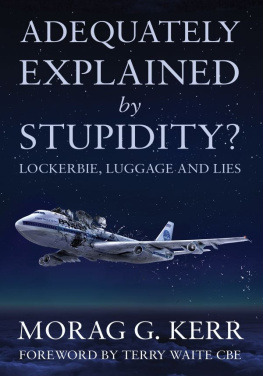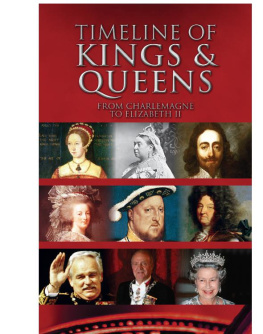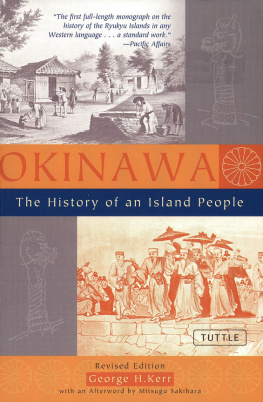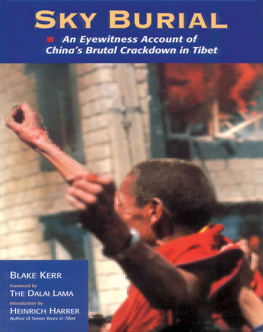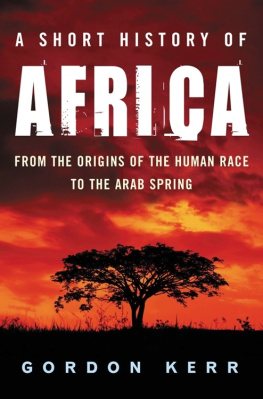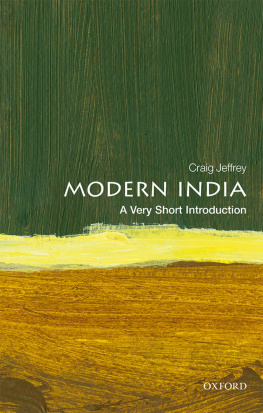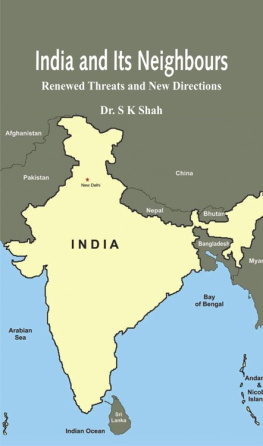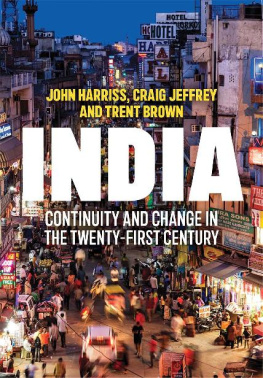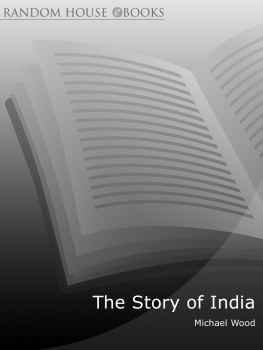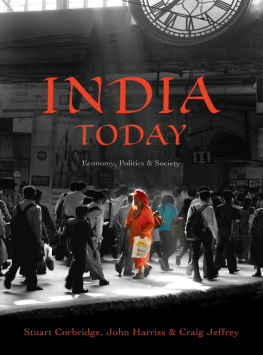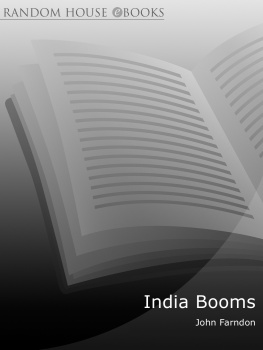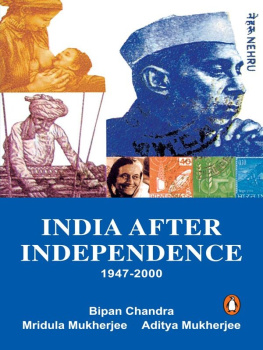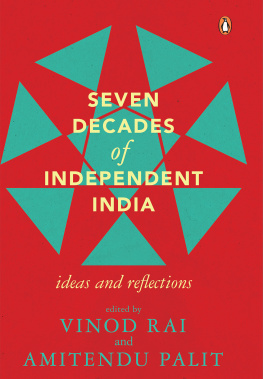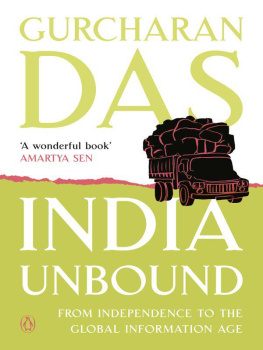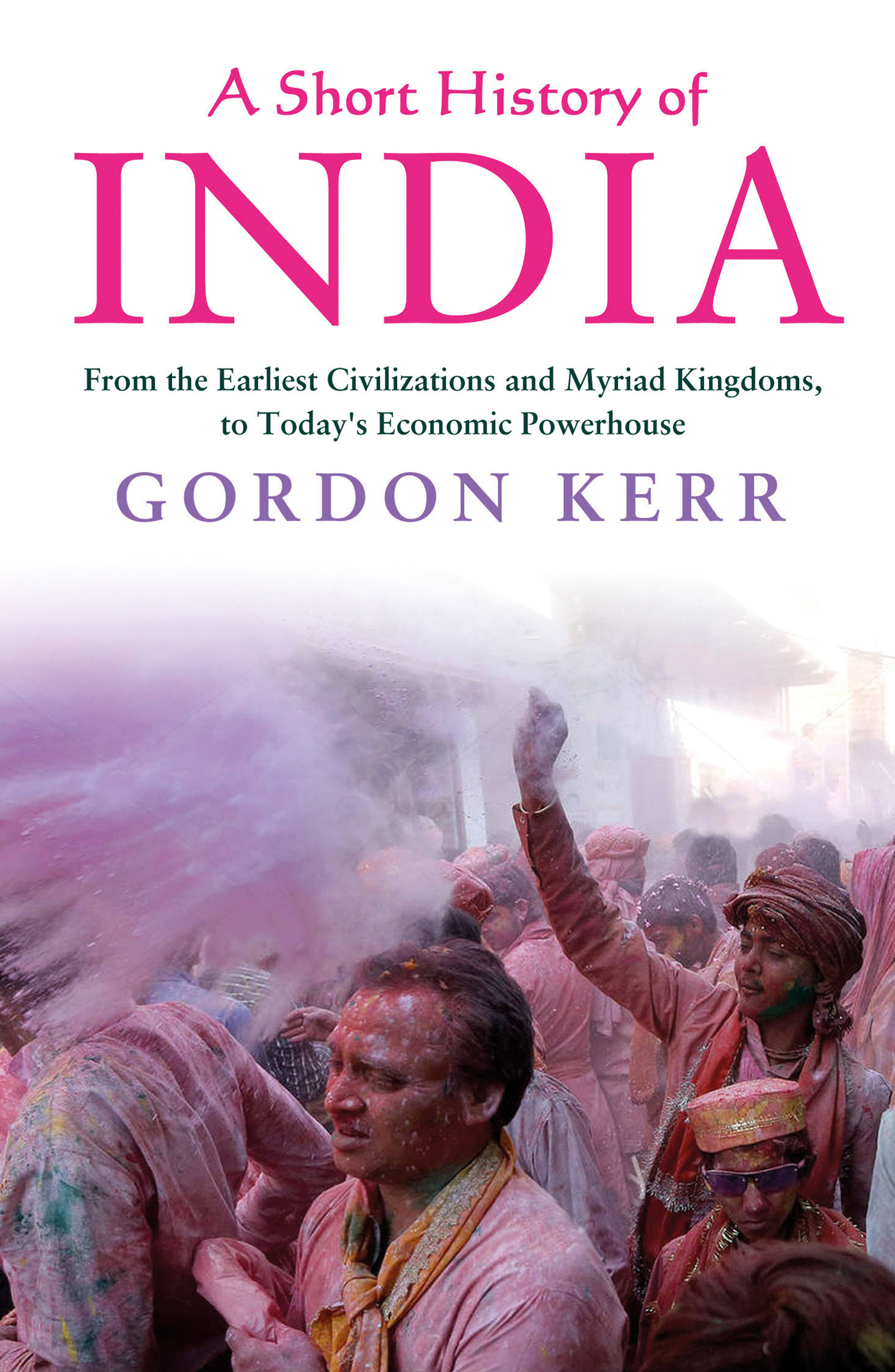A Short History of India
On the 70th anniversary of independence, A Short History of India traces the fascinating path from the India of ancient empires and powerful kingdoms to the flourishing, vibrant nation that it is today.
With countless languages and cultures and many religions, India is one of the worlds most diverse nations. From the late 1980s, India has opened itself to the outside world, encouraging economic reform and foreign investment and is now courted by the worlds leading economic and political powers.
About the author
Gordon Kerr worked in bookselling and publishing before becoming a full-time writer. He is the author of several titles including A Short History of Europe , A Short History of Africa , A Short History of China , A Short History of Brazil , A Short History of the First World War , A Short History of the Vietnam War and A Short History of The Middle East . He divides his time between Dorset and South West France.
For John Kumria
Introduction
India takes its name from the word Sindhu, the Sanskrit name for the great river, the Indus that flows for almost two thousand miles from the Himalayas to the Arabian Sea. It became Hindu in the pronunciation of the Persians and came to stand for not just the river but also for the people who lived beyond its eastern bank. It evolved into Indu and later into the English name for the country India.
Not only did this mighty river give the country its name, it was also the birthplace of Indian civilisation, and a mysterious culture developed along its banks more than five millennia ago. Not much is known about this culture and its customs but in the centuries following its decline, Indias vast history began to be played out, notions of statehood and monarchy developed and small kingdoms and large empires came and went with the shifting sands of time. Empires such as the Maurya whose most successful emperor, Ashoka one of the most important figures in all Indian history ruled almost the entire subcontinent in the middle of the third century BC. India has always been subject to incursions from beyond its borders and, following the decline of Ashokas empire, it suffered a series of invasions from Europe and from Central Asia. Large parts of the modern country of India were ruled by Indo-Scythians, Indo-Parthians, Kushans and Indo-Greeks, all of whom left their mark on what was a diverse collection of races and ethnicities populating the land.
Another great empire, the Guptas created something of a golden age in India, bringing a period of peace, prosperity and achievement from the fourth to the middle of the sixth century AD. Under great rulers such as Chandragupta I, Samudragupta, and Chandragupta II, there were exciting discoveries in science, technology, engineering, art, literature and mathematics, and developments in religious thought and philosophy contributed to the development of Hindu culture.
The Guptas were followed by other dynasties such as the Chalukyas, the Pallavas and the Pandyas, all of which contributed to Indias rich and fascinating past. Outside forces still played their part, however, and invaders from Central Asia from the tenth to twelfth centuries established the Delhi Sultanate which brought India together again under one centralised rule. By 1526, the Mughals had moved in and ruled large parts of the country. Mughal decline led to Maratha power in the seventeenth and eighteenth centuries as the European powers the Portuguese, the French, the Dutch and the British hungrily eyed the riches that India had to offer. Britain won out and was left in control of India when the other powers moved on. Governing the subcontinent through the East India Company, huge wealth was won, often from the blood, sweat and tears of the indigenous people, and, more often than not, at a cost to their own prosperity and freedom.
As Indians grew restless at the end of the nineteenth and into the twentieth century, the long struggle for self-determination began and featured such great men as Mohandas K Gandhi, Jawaharlal Nehru and Muhammad Ali Jinnah. Eventually, Great Britain, exhausted and broken by the Second World War, divested itself of the jewel in the crown of its empire and India was free.
The twenty-first century has seen a huge amount of growth in the Indian economy but its challenges are many illiteracy, disease, poverty, terrorism and corruption. But the future looks bright for this bustling nation of more than a billion people, but the story of how it arrived at this point is a fascinating one.
Chapter One
Ancient India
The Indus Valley Civilisation
India has been inhabited since at least the Middle Pleistocene era, between 500,000 and 200,000 years ago, and tools have been discovered, possibly dating back some two million years, made by proto-humans in the northwestern part of the Indian subcontinent. It was home to some of the oldest settlements in South Asia and a number of its earliest civilisations. During the Neolithic period beginning around 10200 BC and ending between 4500 and 2000 BC there was extensive settlement on the subcontinent following the end of the last Ice Age. Semi-permanent settlements showing the earliest traces of human life have been uncovered in the Bhimbetka rock shelters in the modern region of Madhya Pradesh. These date back to 7000 BC and herald the beginning of the South Asian Stone Age.
Prior to the discovery of early settlements at Mohenjo-daro and Harappa in the 1920s, it had been thought that the Vedic Indo-Aryans had created the earliest culture on the subcontinent and the third of the major civilisations after Egypt and Mesopotamia of early humankind. The twentieth century discovery, however, proved that the Indus Valley Civilisation preceded the Aryans.
As is the case today, India was subject to flooding and it is likely to have been a flood that wiped out the first of the subcontinents great civilisations. A series of floods of unknown origin are believed to have destroyed the work of agriculturalists who had been successfully growing cereals along the Indus. The key to their success was the management of the rivers fluctuations, the seasonal rise of the river providing irrigation for their fields. They produced a surplus that had begun to stimulate trade and enabled a small-scale craft industry to prosper. Eventually, the settlements that had appeared developed into cities that vie with the contemporaneous societies of the Nile and the Euphrates for the title of the cradle of civilisation. This civilisation was washed away sometime after 2000 BC by the waters and mud of the Indus. Indeed, it was forgotten until the twentieth century when Indian and British archaeologists discovered it while working at the ruins in Mohenjo-daro in Sind and Harappa in Punjab, Pakistan. They named it the Indus Valley Civilisation. When it was later realised that this society stretched beyond the confines of the valley of the Indus, it was named the Harappan civilisation.
Much evidence of this people was brought to light, including tools, jewellery and artefacts that shed some light on their lives. It was learned that they traded by sea with Sumer in southern Mesopotamia. They also seem to have been able to write. Clay and stone tablets revealed symbols that were indicative of some kind of writing system that evolved into what is known as Indus Script. Sadly, however, the four hundred or so characters that were found have proved impossible to decipher. In fact, we know little of this society.


